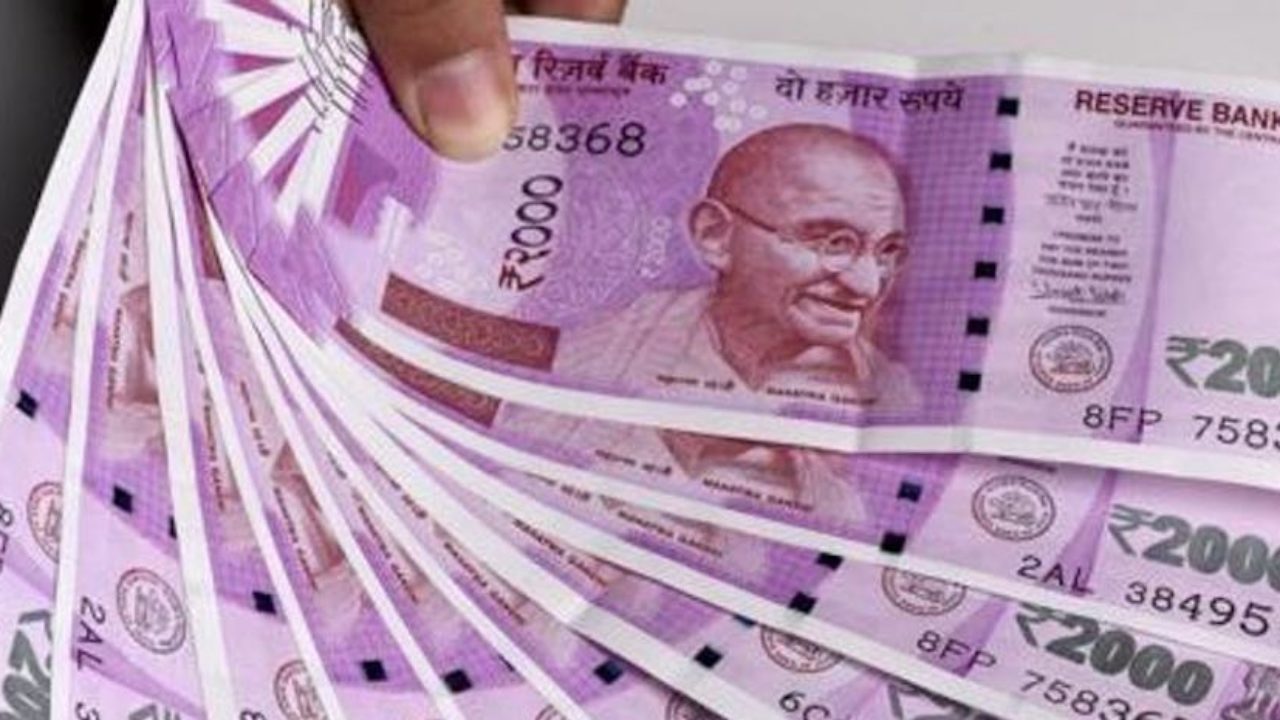

The autoregressive distributed lag (ARDL) model proposed by Pesaran et al. The sample covers major institutional changes, such as market liberalization and financial crises, so as to examine how the short-term and long-term relations change after such events. This study investigates the comovement between exchange rates and stock prices in the Asian emerging markets. This paper presents different challenges due to these fluctuation and steps triggered by the central bank and government to create stability.

To track it again on the way many hard decisions were taken by Indian govt. Indian economy which already suffered from large fiscal and current account deficit adversely affected by relatively exchange rate pressure. Since January 2015, the local currency lost around 12 percent to the US currency. During last the one year Indian rupee weakens many times and reached to a level of 68.510 for a dollar in February 2016. This relationship will become more complex if there is the heavy dependence on imported resources in the exported products. The relationship between the values of local currencies in terms of foreign currencies and export competitiveness of any country is very complex. The circumstances which have been created for the economy due to the depreciation of rupee against dollar reveals that there has been a strong and significant negative impact of this currency volatility on many sectors. This paper explores the impact of Rupee-Dollar fluctuation on Indian economy. The result shows that the rupee value depreciated in the same direction, but it has depreciated more during the period of the global financial crisis in 2008. The trend line, Kolmogorov-Smirnov test and t-test were used in this study. The secondary data of the monthly average value of Indian Rupee against US dollar from July 2008 to November 2008,for analysis of Indian rupee exchange rate volatility during global financial crisis 2008, and from January 2020 to May 2020 for analysis of Indian rupee exchange rate volatility during a pandemic situation of Covid-19 is taken in this study. The attempts made to analyze the Indian rupee value volatility during the period of two crises. The rupee value also has highly depreciated during the period of global financial crisis, 2008 and novel coronavirus disease, 2019 crisis.

The exchange rate of Indian rupee value against US dollar has doubled from the year 2008 to the year 2020 it shows that the rupee value deflated nearly half of the value during from the year 2008 to the year 2020. During the last decades, Indian rupee value has fallen continuously, and the exporters are getting less foreign currency for their export. It also decides the currency power in the globalized market.

Rupee value against foreign countries' currency is one of the important factors influencing the foreign currency inflow of India.


 0 kommentar(er)
0 kommentar(er)
